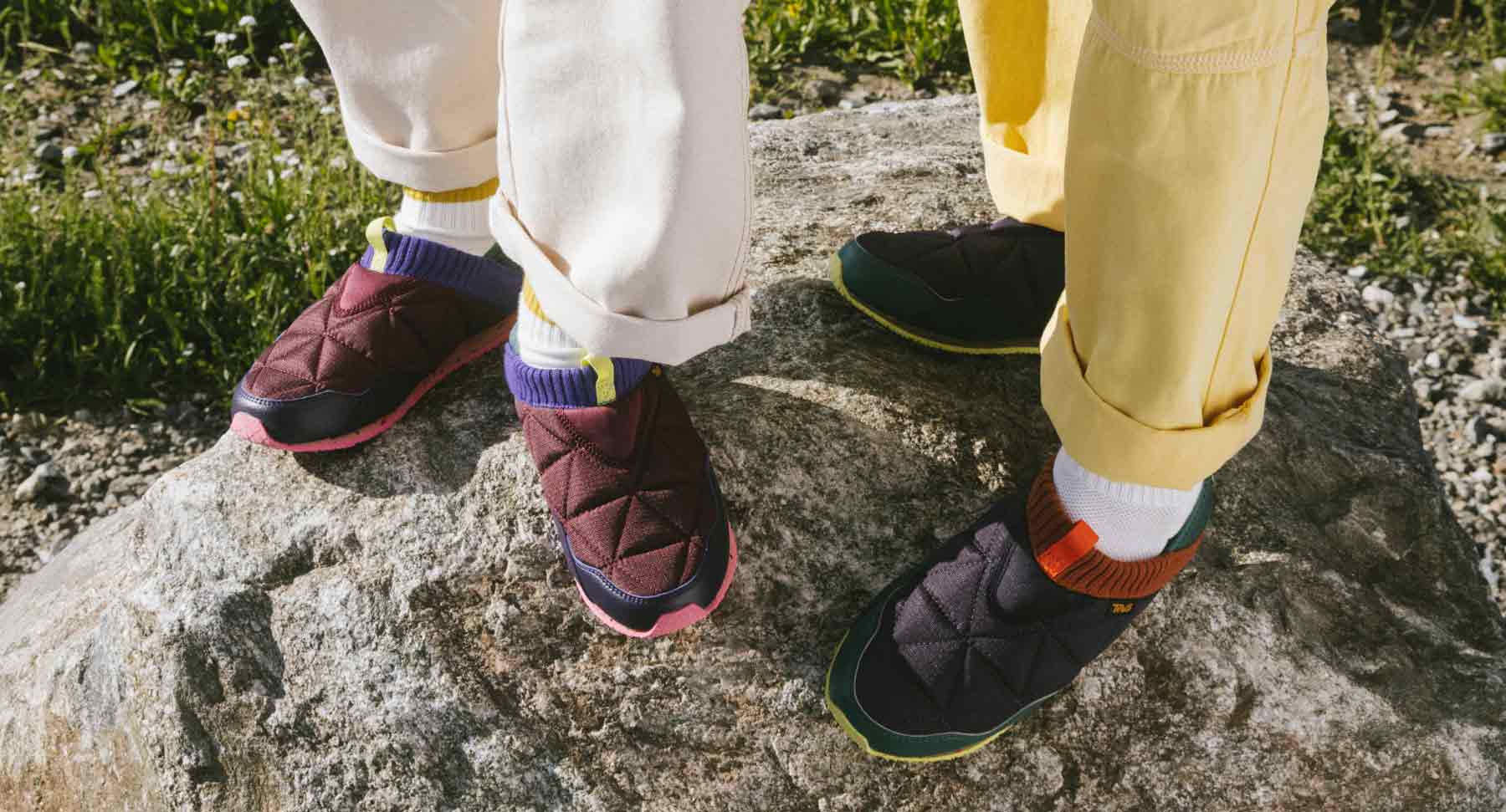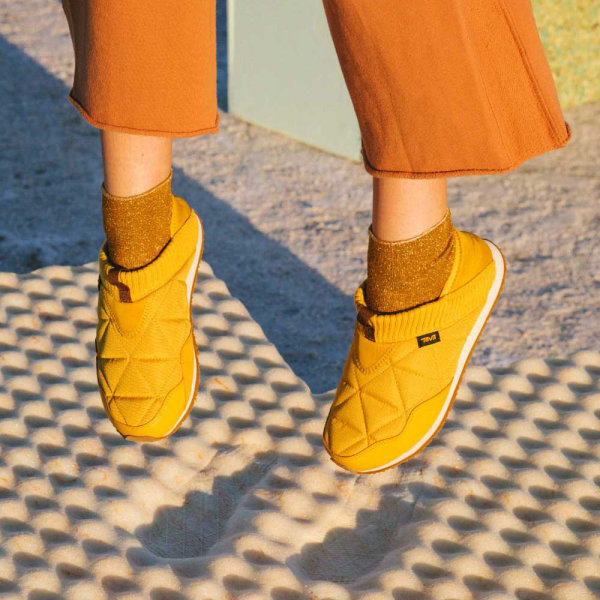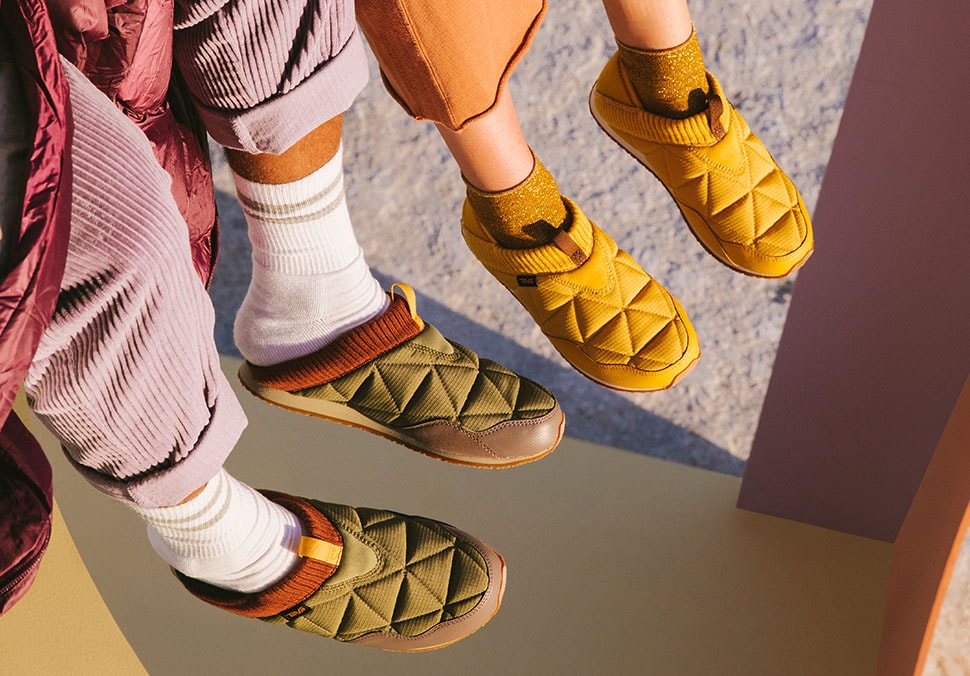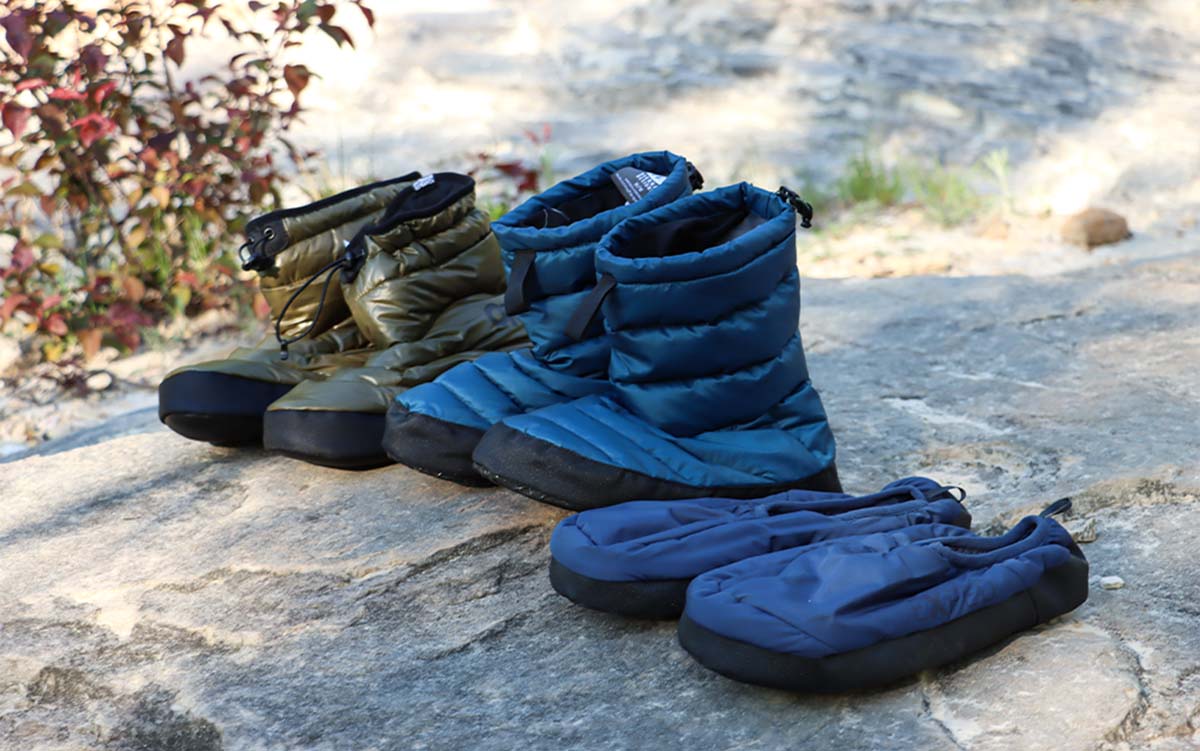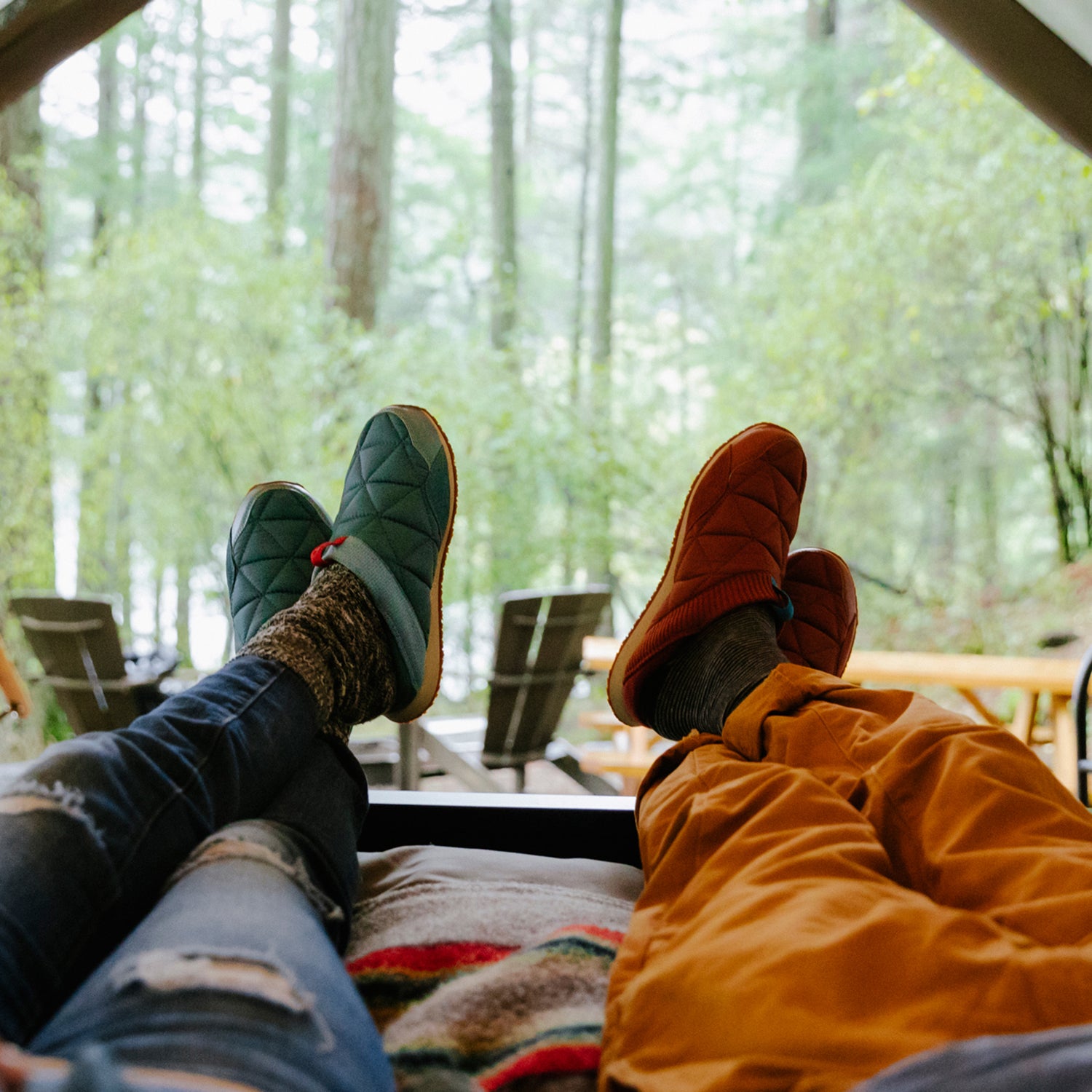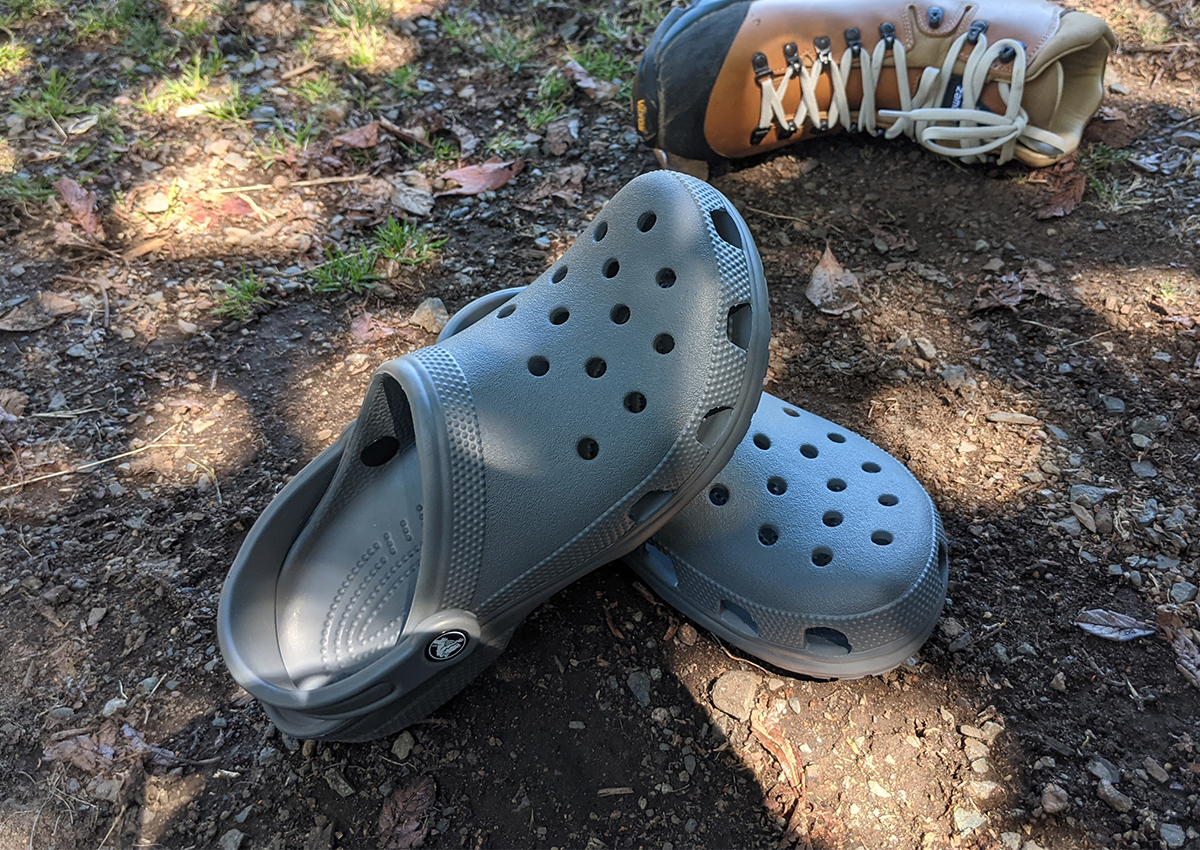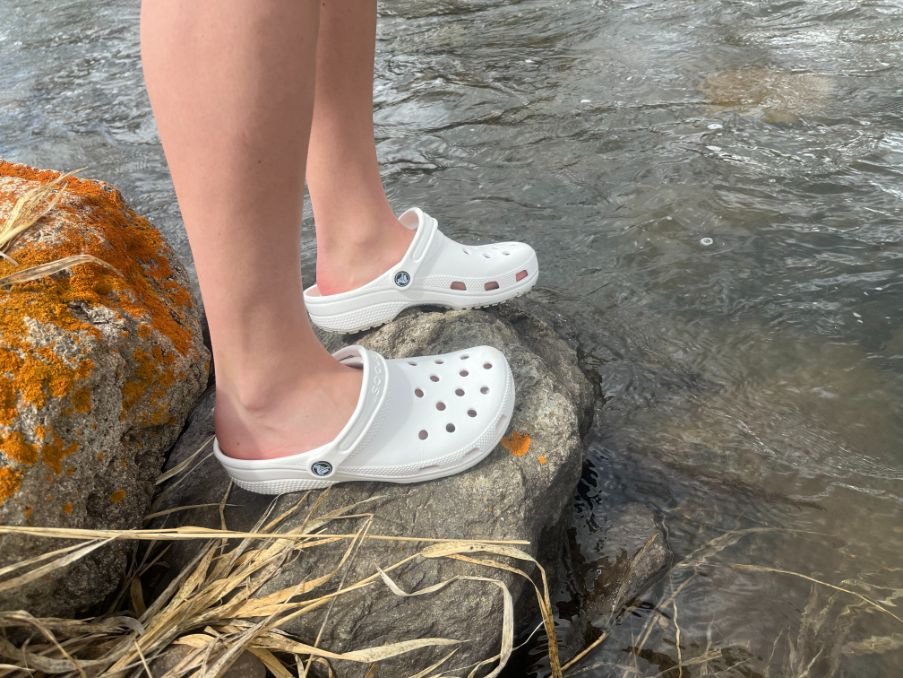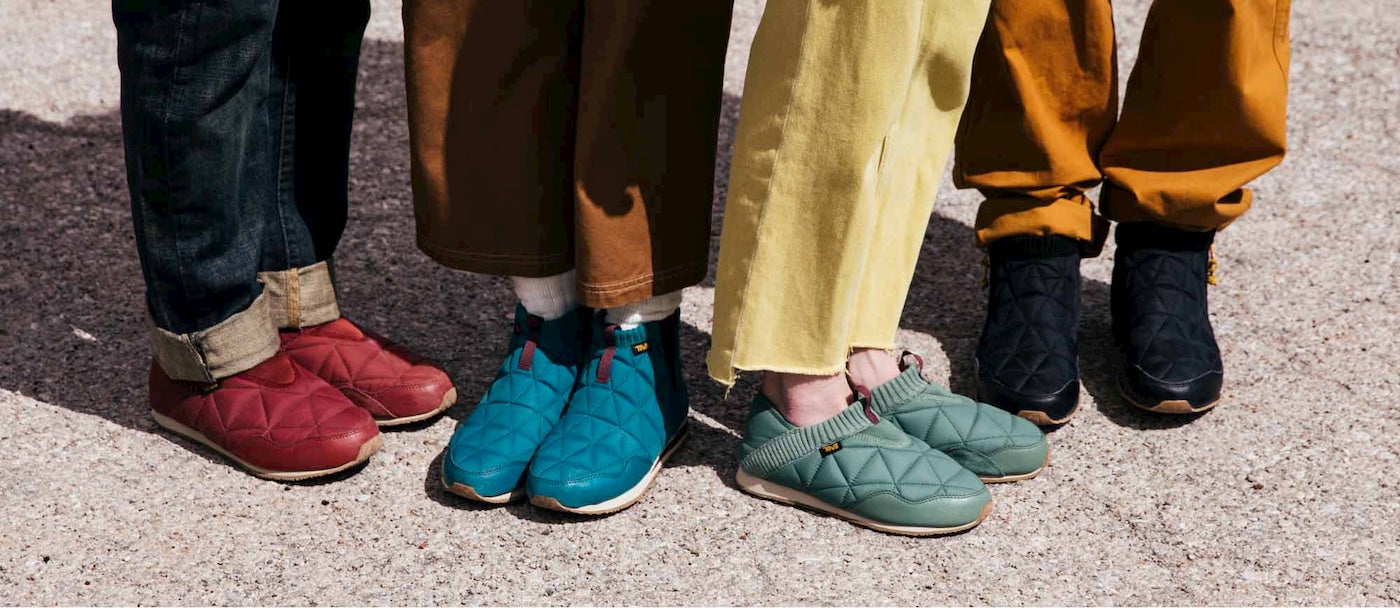
When embarking on a backpacking trip, choosing the right footwear is crucial for comfort, support, and protection. From navigating challenging terrains to relaxing around the campsite, having appropriate footwear for each phase of your journey is essential. This article will explore three key parts, each containing two levels of content, to delve into the essential footwear for backpacking trips. We will discuss the importance of hiking boots for the trail, the benefits of camp shoes for campsite comfort, and tips for selecting the right footwear for your backpacking adventure.
Part 1: Hiking Boots for the Trail
Level 1: Superior Support and Protection
- Sturdy Construction: Hiking boots are designed with sturdy construction to provide ankle support, stability, and protection on uneven terrains. They reduce the risk of ankle sprains and offer enhanced traction for navigating various trail conditions.
- Durability and Waterproofing: Hiking boots are made with durable materials and often feature waterproof or water-resistant properties. This ensures longevity in rugged environments and keeps your feet dry and comfortable during wet conditions.
Level 2: Performance Features and Comfort
- Breathability and Moisture Management: Hiking boots often incorporate breathable materials and moisture-wicking properties to prevent sweat buildup and maintain foot comfort during long hikes. This helps regulate temperature and reduces the risk of blisters or foot odor.
- Cushioning and Shock Absorption: Hiking boots provide cushioning and shock absorption to minimize impact on your feet and joints during long hikes. This feature reduces fatigue and enhances overall comfort, allowing you to focus on the trail.
Part 2: Camp Shoes for Campsite Comfort
Level 1: Lightweight and Versatile
- Ease of Movement: Camp shoes are typically lightweight and allow for comfortable movement around the campsite after a long day of hiking. They provide a welcome respite from the weight and structure of hiking boots.
- Versatility: Camp shoes serve multiple purposes, from providing comfort during campsite activities to serving as a spare pair of shoes for river crossings or short hikes. They are designed for convenience and versatility during non-hiking moments of your backpacking trip.
Level 2: Comfort and Relaxation
- Breathable and Quick-Drying: Camp shoes are often made from breathable materials to ensure proper airflow and reduce moisture buildup. Additionally, they are quick-drying, making them suitable for water activities or wet environments.
- Slip-On Design: Camp shoes typically feature a slip-on design for ease of use and convenience. This allows for quick and effortless wear, providing immediate comfort and relaxation around the campsite.
Part 3: Tips for Selecting the Right Footwear
Level 1: Consider the Trip Requirements
- Trail Difficulty: Assess the difficulty level of your backpacking trip and the terrain you will encounter. Choose hiking boots that offer appropriate ankle support, traction, and protection based on the trail’s demands.
- Duration and Distance: Consider the duration and distance of your backpacking trip. Longer trips may require more durable and supportive hiking boots, while shorter trips may allow for more lightweight options.
Level 2: Personal Comfort and Preference
- Fit and Sizing: Ensure a proper fit by trying on different brands and models of hiking boots. Opt for a size that accommodates your foot shape and allows for a comfortable toe box and proper arch support.
- Break-In Period: Plan for a break-in period to allow your hiking boots to conform to your feet and prevent uncomfortable rubbing or blisters. Wear them before your trip to ensure maximum comfort on the trail.
Conclusion
Choosing the best camp shoes for backpacking trip is essential for comfort, support, and protection throughout your journey. Hiking boots provide superior support and durability for navigating challenging terrains, while camp shoes offer comfort and versatility around the campsite. When selecting your footwear, consider the trail requirements, duration of the trip, and personal comfort and preference. Finding the perfect combination of hiking boots and camp shoes will ensure you have the proper gear to tackle the trail and enjoy relaxed moments at the campsite. With the right footwear, you can focus on immersing yourself in the breathtaking views and the transformative experience of backpacking.

